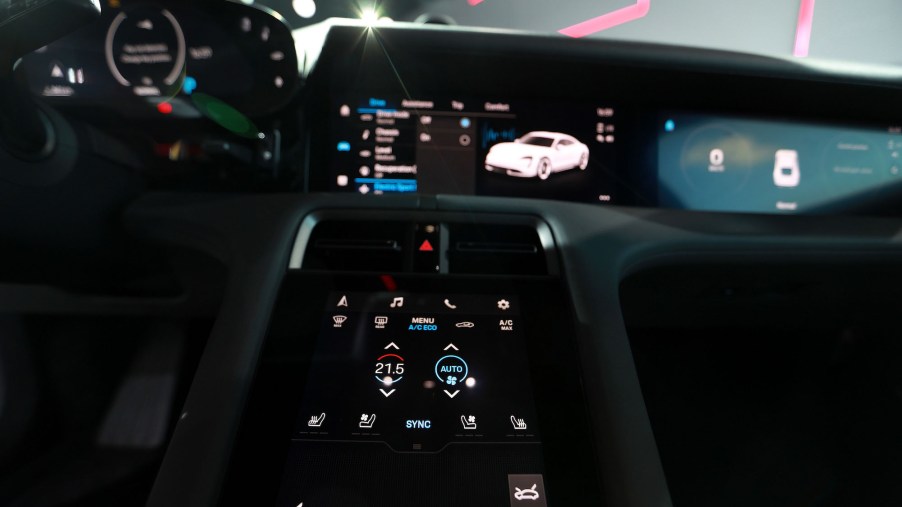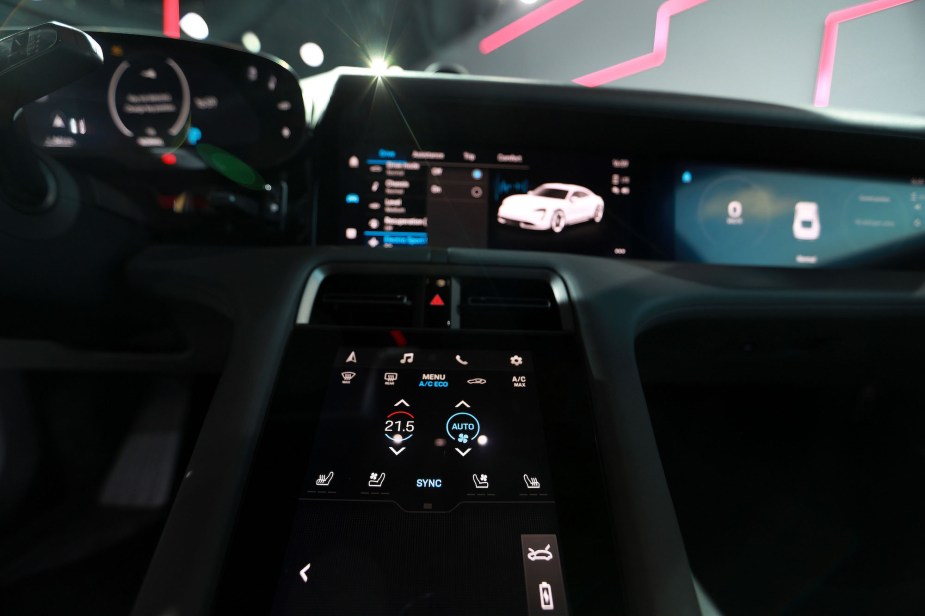
Does Heat or Air Conditioning Hurt EV Driving Range More?
Driving an EV can be a great way to save money on fuel and fight climate change, but EVs come with new challenges that gas-powered cars don’t have to face. One of those challenges is that many different features in an EV will use electricity, and they will take electricity from the battery that the car’s electric motors depend on. As a result, using the air conditioning or heat can hurt an EV’s driving range, and here’s a look at which one hurts the most.
How using the air condiiton during hot weather can affect an EV’s driving range

While using the air conditioner in a car will lower its efficiency, there is some dispute about how much it reduces an EV’s range, according to Review Geek. According to some folks, using the air conditioner in an EV will cut its range in half, but this claim is not supported by evidence or studies. That said, in terms of studies, there’s still a disagreement about how much range is lost.
A study from AAA, for example, said that when it was 95 outside and the air conditioner was turned on, an EV can lose up to 17% of its range. Tesla disputes this and said that at 95 degrees, a Model S with the air conditioner on will lose about 1% of its range. Tesla said that its number comes from real-world data from Tesla owners worldwide. The actual number will likely be in the middle, and to be fair, gas-powered cars have a similar issue when the A/C is on, too.
Using the heater during cold weather is worse
Just like with using the air conditioner, there is some dispute about how much range is lost by using the heater, according to Review Geek, but it’s typically going to be more than what’s lost from using the air conditioner. There are many reasons why an EV loses range during cold climates. Some of it has to do with how batteries are less efficient in cold weather, and another reason is the heater being a drain on the battery.
In the AAA study that Review Geek mentioned, using the heater during temperatures less than 20 degrees drained 41% of the car’s range. Once again, however, Tesla disputed this claim, but this time Tesla did not provide a real-world number to counter it. Other studies showed less range drain from using the heater, with one study in Norway, a famously cold country, showing that EVs lost about 20% of their range during winter weather.
Other studies also showed differences based on which EV was tested. For example, older EVs saw a bigger range loss compared to newer ones from automakers like Audi or Tesla. Those newer vehicles saw a less than 10% drop in range, for example.
Here’s what drivers can do to improve their EV’s efficiency in cold climates
An effective way to stay warm without draining an EV’s battery too much is using other heating features instead. Heated seats and a heated steering wheel are great ways to stay warm while improving an EV’s efficiency while allowing drivers to get more range out of the battery.
This is because, while all of those features are powered by the battery, heated seats and a heated steering wheel will use much less electricity than the heater. The reason why that’s the case is because the heater is trying to heat the entire cabin, while heated seats and a heated steering wheel are trying to heat a smaller area.


